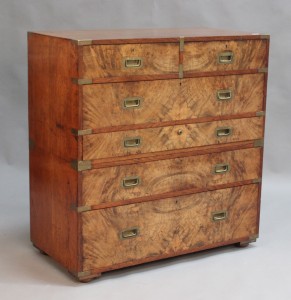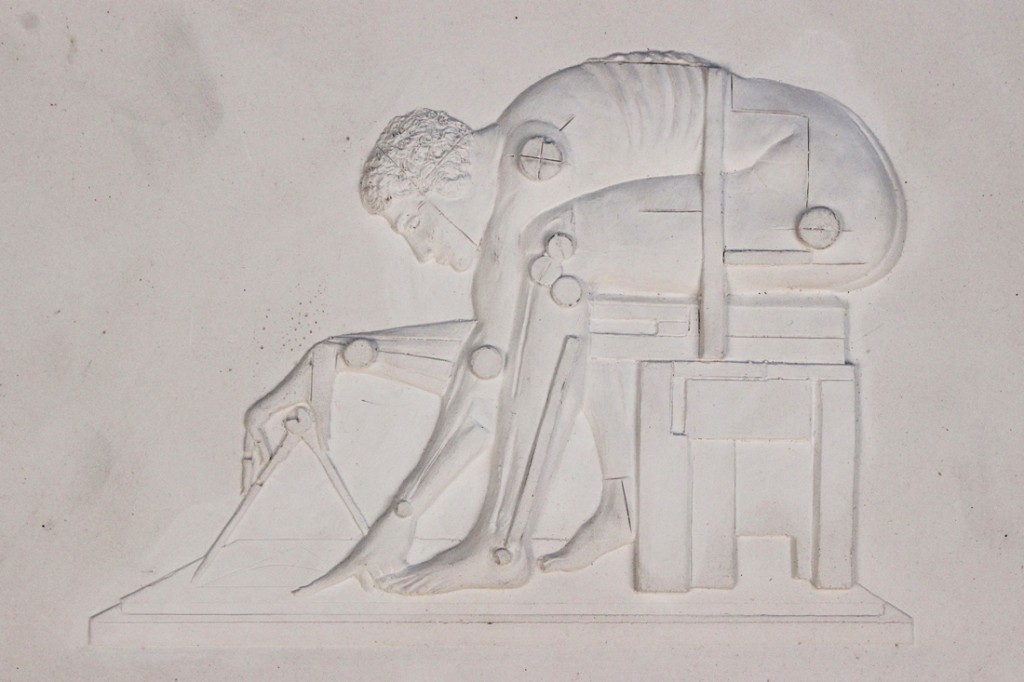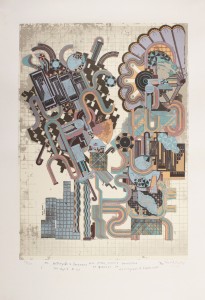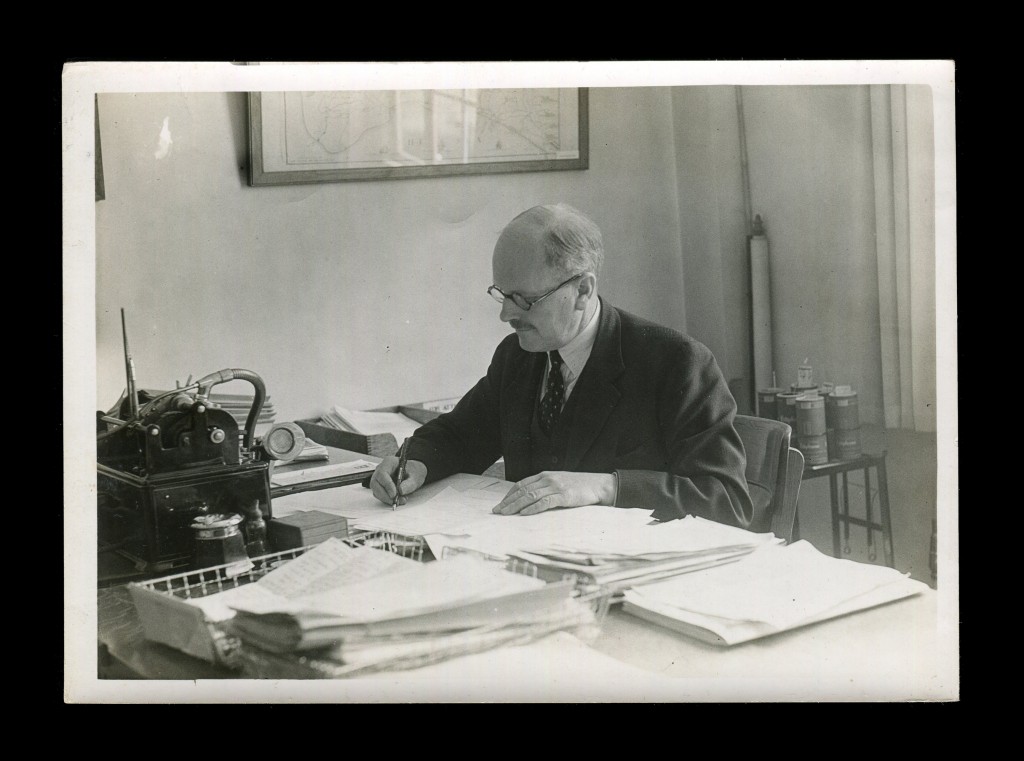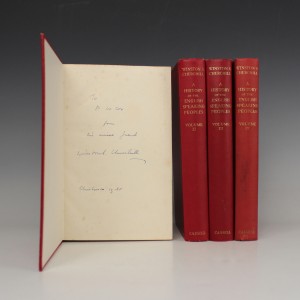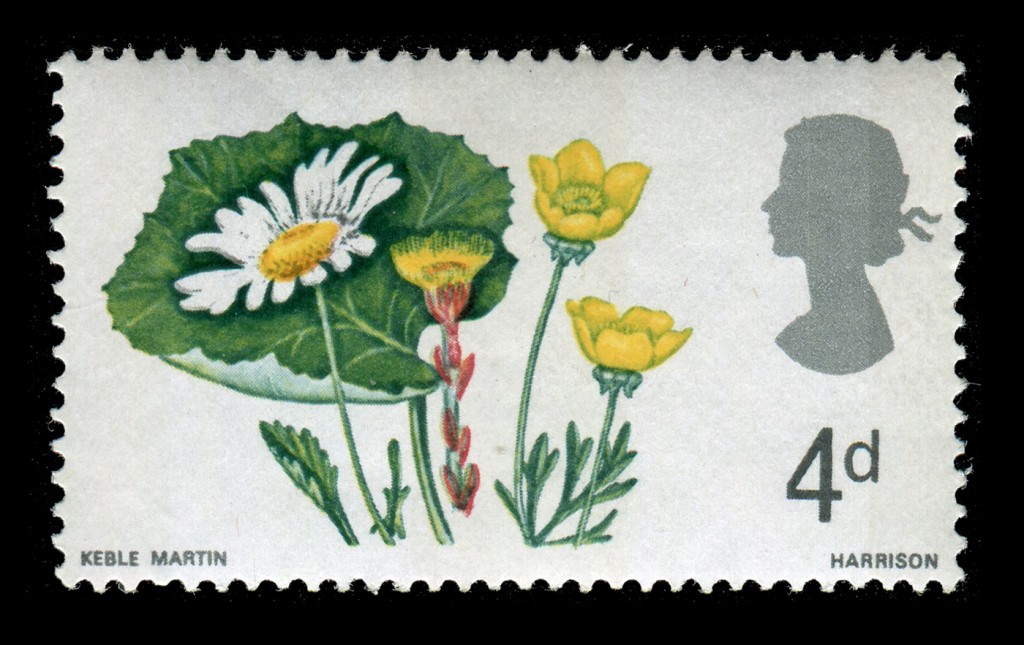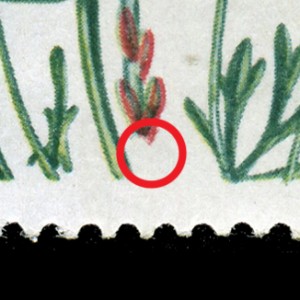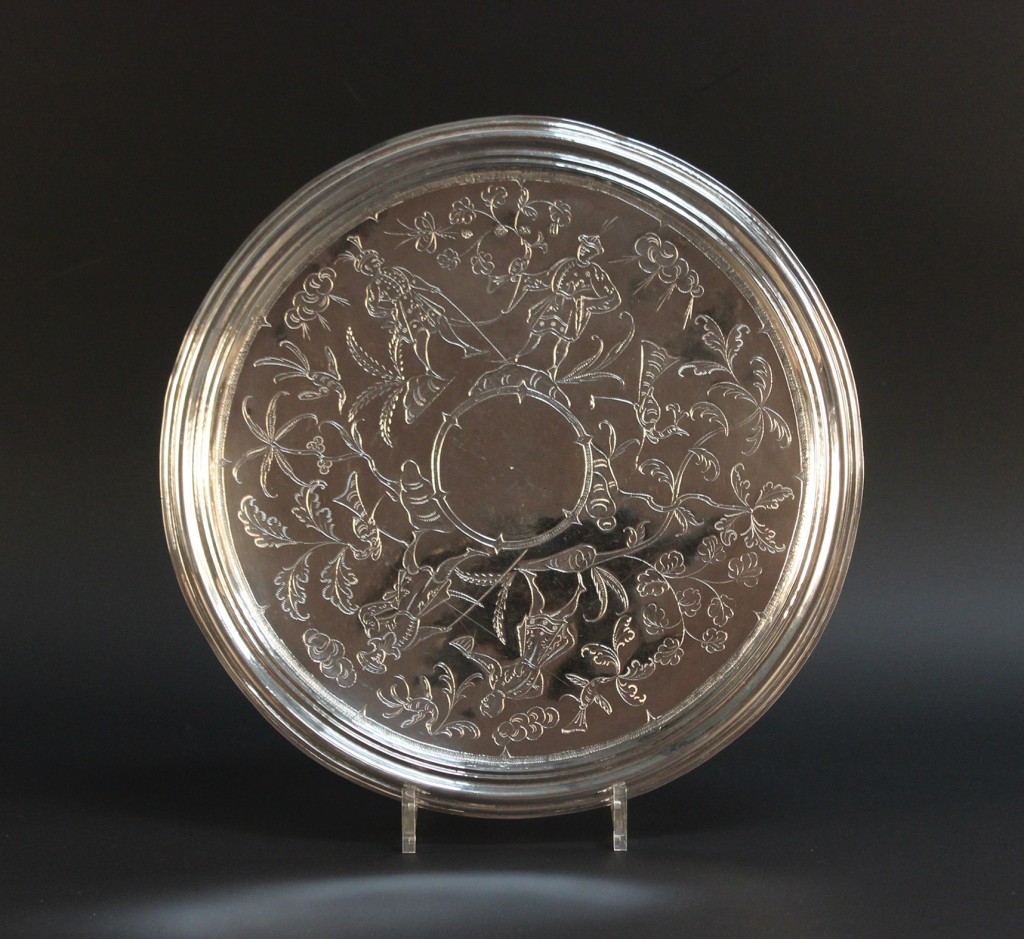
Toovey’s forthcoming Specialist Sale of Silver on Wednesday 21st May 2014 includes a James II silver footed salver or tazza, flat-chased with a chinoiserie scene. This salver measures 34cm in diameter and is among the largest of its type. It is hallmarked for London 1688 by Benjamin Yate and carries a pre-sale estimate of £30,000-50,000.
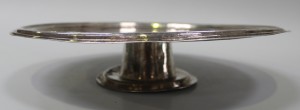
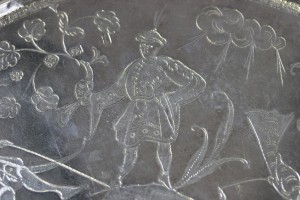
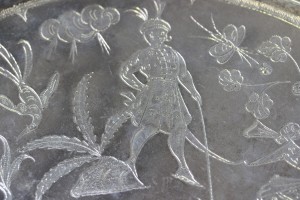
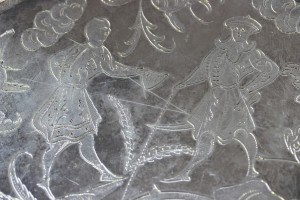
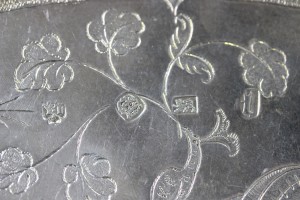
Contextually, this piece was produced just twenty-two years after the Great Fire of London, following which an estimated four fifths of the city had to be rebuilt and, more importantly, countless homes refurnished. This is only five years after the English East India Company nearly went bankrupt after a ferocious price war with the Dutch East India Company (Vereenigde Oostindische Compagnie) over market share. It is also the same year as the so-called ‘Glorious Revolution’, with Prince William of Orange arriving with his army in November 1688. The footed salver was created during a period often referred to as England’s ‘Silver Age’. The higher production and quality of the pieces produced at the time ensure that items from the last quarter of the seventeenth century survive in surprisingly large numbers, spared from the melting pot for over four centuries. The indulgence in the precious metal of the era was a reaction to and a celebration after the uncertain times preceding the reign of Charles II.
The influence of items originally imported from Asia by the Dutch East India Company had a huge impact. The fashion for anything Chinese swept across Europe, leaving a disparity between supply and demand. Manufacturers producing faux Chinese or ‘chinoiserie’ designs on pieces, including furniture and ceramics, became increasingly common. This piece is scarce because of its ornament; it is in stark contrast to the abundant embossed decoration more typical of the period. This distinctive chinoiserie decoration on silver is largely considered to have been undertaken at a single workshop between 1680 and 1688. It is speculated that only a few hundred pieces would have been decorated in this particular chinoiserie style. Perhaps the craftsman died, which would explain the small numbers and the distinct cut-off at the same date as this salver. Flat-chasing resembles the appearance of engraving but its creation uses the pressure of tools to make the delicate line, rather than digging away at the metal.
Today, it is largely believed that the designs were derived from a book written by Johan Nieuhoff, titled ‘Legatio Batavica Ad Magnum Tartariae Chamum Sungteium…’, first published in Amsterdam in 1668 with over 100 plates, plans and illustrations. It is certain that the decorator of the salver never travelled to Asia and probably used this book as inspiration, because the figures show the same ethnographic inaccuracies as Nieuhoff’s work.
While silver of this date does survive, examples of this type and quality are few and far between and seldom come to auction, unless part of an important silver collection. The consignment of this salver has a different story to tell. It was brought to Toovey’s reception with a few plated toast racks and valuer Will Rowsell recalls that the vendor did not even realize the salver was silver, let alone the importance of the piece. After consulting with Toovey’s silver specialist Tom Rowsell, the two brothers decided further research was required before offering a definitive opinion. Both were confident that the salver had all the indications of being an important piece of silver. The vendor had inherited the item from his father, an antiques dealer active in the middle part of the 20th century, but had never considered its value until recently. When reporting back to the vendor on the telephone, Tom recalls making sure they were sitting down before discussing the pre-sale valuation of £30,000-50,000!
The James II silver footed salver will be offered as Lot 350 in Toovey’s Specialist Sale of Silver on Wednesday 21st May 2014, commencing at 1pm. If you would like to have your silver valued, please contact our offices to discuss your requirements and the best way to proceed. This salver is proof that it is always worth checking an item’s value with the specialists at Toovey’s.

